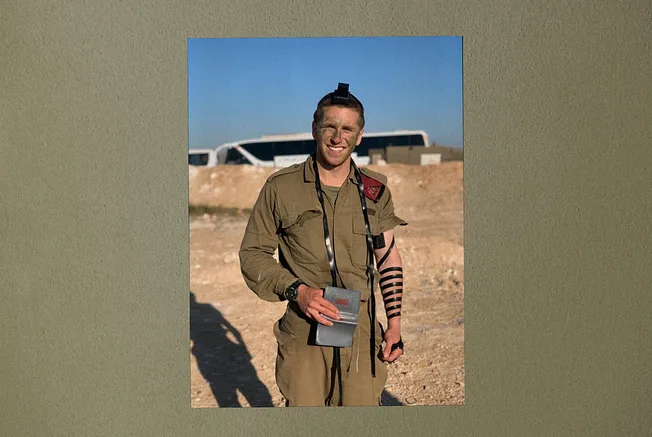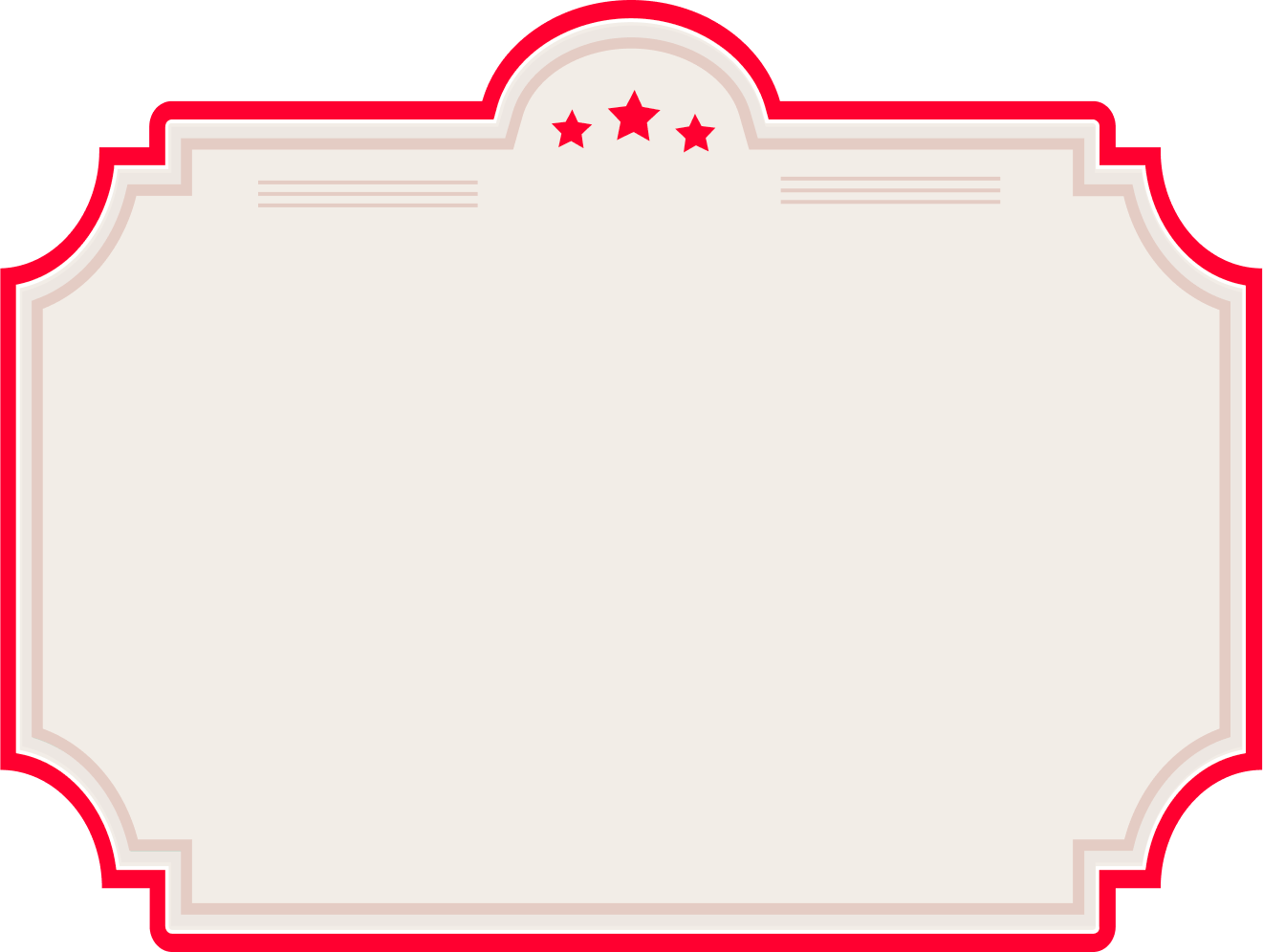Jacob Katz is a 25-year-old former IDF soldier from Florida who returned to Israel this week. Here, he tells of his time with the IDF from 2018 to 2019, where he patrolled the Gaza border at the same spot where Hamas terrorists bulldozed the fence and invaded Israel on October 7.
I remember trying to peer through the fence between Israel and Gaza. The thick metal rods interwoven between its beams are criss-crossed tightly; its thick steel beams towered 20 feet above my head. Simply touching it would set off a silent alarm. When I looked up at the tangles of barbed wire at the top, I thought no one could ever penetrate this wall, let alone the terrorists who bulldozed through it on the morning of October 7.
The last time I saw that fence was five years ago, when I slept in a bunk room with nearly a dozen other Israeli soldiers just 500 meters away as a part of a 130-person unit that guarded the border.
I grew up in southern Florida as the only kid on my travel soccer team who wore a kippah. The fact I am the grandson of Holocaust survivors is a cornerstone of my identity. It was their stories combined with my own visit to the concentration camps in Poland that inspired me to delay college for two years to serve in the IDF. I know Israel—even in these darkest days—is the reason the future of the Jewish people is ensured.
I would never pretend to speak on behalf of the soldiers standing next to me, let alone the IDF. This is my perspective from the time when I held a machine gun and had more than 800 bullets strapped to my chest. I never fired at a single rioter; most of the time it was relatively quiet along the border.
There are certain sense memories from that time and place that I will never forget. One thing was the garbage. On the other side of the fence, there are huge piles of garbage that have been burned so often, they have turned a dusty gray. Stray dogs roamed around, and every once in a while a rogue sheep wandered near the fence until a shepherd fetched it and directed it home. In the distance were green pastures and a modest treeline slightly obscuring the boxy concrete homes of northern Gaza.
Once or twice a week there were protests, which often devolved into riots.
On May 15, 2019, the day after Israeli Independence Day, hundreds of Gazans gathered about 500 meters from the fence, black smoke billowing above them as they burned tires and inched toward the border. They were marking what is known in Gaza as “Nakba Day.” More people started streaming in on all sides, until the fence was lined with protesters for hundreds of feet in every direction.
From our lookout spot inside the bunker, I could feel strong explosions in my chest from over 500 meters away as rioters tried to blow up the fence. And when I peered through, I didn’t just see Hamas or Islamic Jihad terrorists; I saw families—men, women, and children all milling about. Music played on loudspeakers. Mounted on a hill in the distance, a large Palestinian flag rippled in the wind.
The rioters often interspersed themselves among families and children, progressing toward the fence to create chaos and confusion. I believe they knew our hands were tied. The protest organizers took advantage of our commitment to protecting innocent life, which applied on both sides of the fence.
I remember patrolling the dirt road along the fence during another riot, sitting in the back of an armored jeep as my commander used a joystick and a red button to launch canisters of tear gas over the fence toward rioters on the other side.
I vividly remember a woman in a burka walking toward the fence carrying what looked like a grenade in her fist, her arm extended from her body. She must have been 150 feet away when my commander launched one of the canisters. As soon as the clouds of gas began to rise from the ground, she collapsed as others came to her aid.
I later saw a group of four or five small kids kicking around a used tear gas canister as it fizzled out, as if it were a soccer ball. The kids couldn’t have been older than eight, and their clothes hung on their small bodies like they were recent hand-me-downs from older siblings.
I wondered what my life would have been like if I had been born on the other side of the fence. Would I have agreed with those who told me to wish for the death of another people?
As Israel prepares for a potential ground invasion of Gaza, I think of those kids and I hope they were able to flee. But I also wonder what role they now play. Today, they’re probably 13 or 14. How long does it take for those who were used as pawns to become the people moving the pieces?
I believe with my whole heart that we had to protect the border and that each soldier was singularly aimed at that goal. And I’m not ashamed we had weapons to do it. But in the big picture, do I want to live in a world where 19-year-old Israelis don’t need to fire tear gas at 8-year-old Palestinians?
It is my dream.
Jacob Katz is a 2023 graduate of Princeton, currently in Tel Aviv working to raise money and collect supplies for IDF soldiers on the front lines. Read Amjad Abukwaik’s Free Press piece about growing up, leaving, and coming back to Gaza.
Become a Free Press subscriber today:











